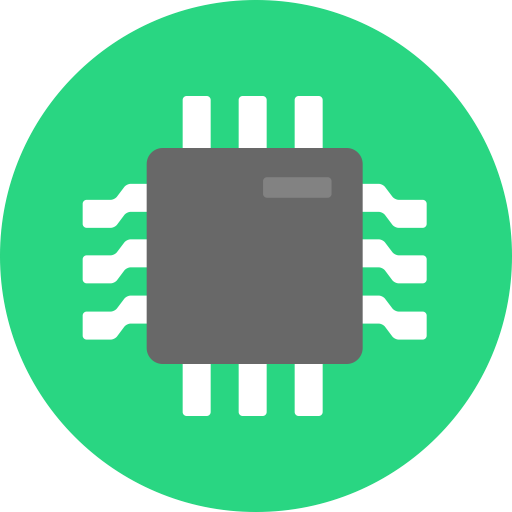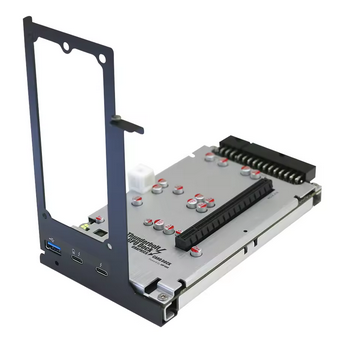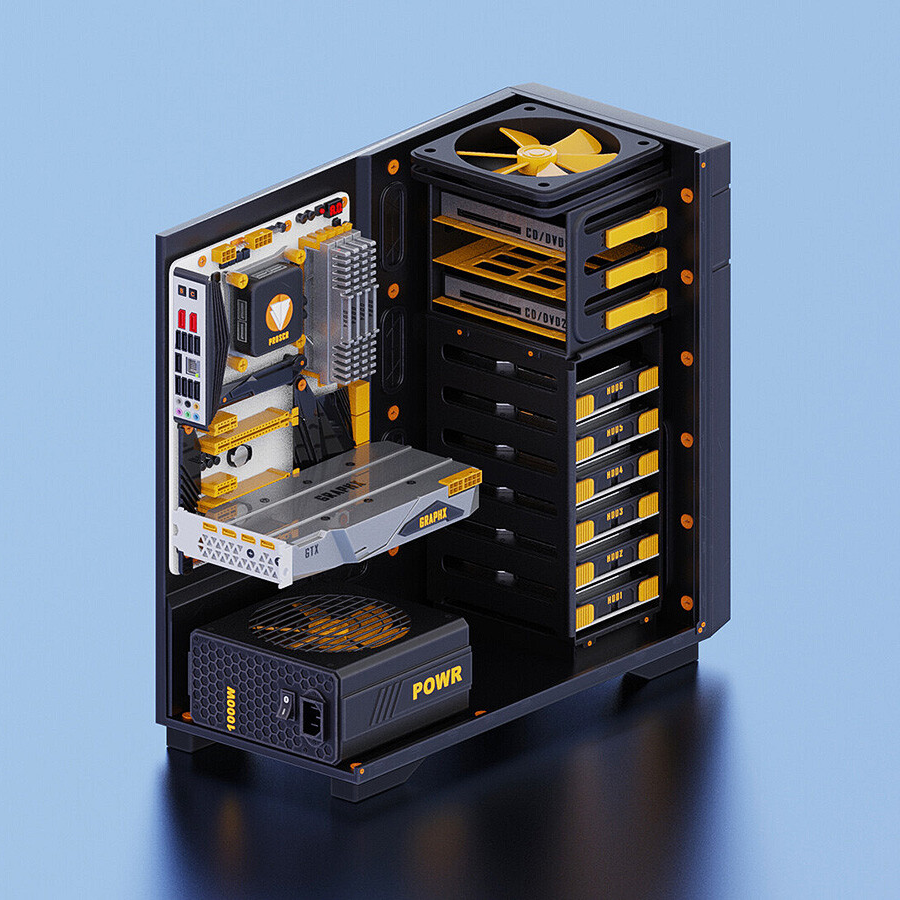

if it’s made for macs specifcally, it’s way more expensive; twice, at least. so while it may be usable on non-apple hardware, that’s not a good value proposition.
you should look into DIY-ing it. TB4 circuitry from Aliexpress and friends is in the sub-$100 range and all you need then is a semi-decent PSU and the GPU of your choice. they are way cheaper if you can utilise M.2 interfaces, like $50ish.























there’s dosdude1 soldering away on NAND chips; this should be a walk in the park even for a hobbyist.
as to macgyvering, the S in USB is for “serial” and such a connection needs very few wires, three if I’m not mistaken. so an absent USB connector could be fixed temporarily with clips and wires and such.